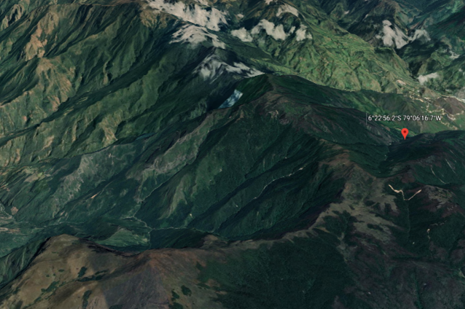
Logistics of Emergency Response
When asked what sort of company we are, the expected response is that we are caregivers to victims or providers of emergency communications or expert counsel to companies in crisis. All of this is true, but none would be possible without robust logistics capability.
The dictionary defines logistics as “the detailed organization and implementation of a complex operation.” For emergency response, we would add that logistics are both a planning and delivery function that require skilled operatives.
At Kenyon, we are regularly required to move significant numbers of team members and tonnes of equipment, on short notice, to some of the wildest places on Earth in support of our clients. More than that, those same people need to be sustained and protected so that they can do their job. Let us offer some examples:
(1) Boeing 737 accident in Resolute Bay, Canada, recognized as Canada’s second most northern community.
A picture often expresses some of the challenges better than words. The climate, even in August, was extreme and the local facilities for recovery operations and for life support were basic. Kenyon deployed 10 specialists from the US and UK, arriving within 24 hours and operating at the crash site for 18 days. The core logistics plan was already in place and operationally tested. An extensive cold-weather store of clothes, communications (SAT phones), and recovery equipment that would reliably work at 75deg North is part of Kenyon’s standard equipment and was deployed immediately.
For the Resolute Bay response, Kenyon was supported, in part, by the resources of the local community. In the second example, we will look at what is required when there is no local community.
(2) Helicopter accident in the Andes, Peru. No roads, no local towns, no facilities of any kind. This is extreme support logistics and Kenyon is fortunate to have ex-military staff involved in both the planning and operations.
The mission to recover the remains of 10 passengers and crew, their personal belongings, and information that would later support the accident investigation involved 5 days of intense planning, 4 days of training, and a logistics tail that started in Houston, air to Lima, road (900km) to the closest navigable track and then by foot or helicopter to the mountain. Kenyon established 3 camps, moved 31 cases of life-support, forensic equipment, and communications gear, and operated from tents at an altitude of 2500m for 7 days. This intense logistics operation placed 10 Kenyon specialists on a mountain ( which was possible by using a professional mountain rescue team from California) and required 6 additional Kenyon staff for logistics support. The successful mission recovered the victims’ human remains and personal effects that would later be identified and returned to their families. The Kenyon team also located the FDR and CVR.
Kenyon International